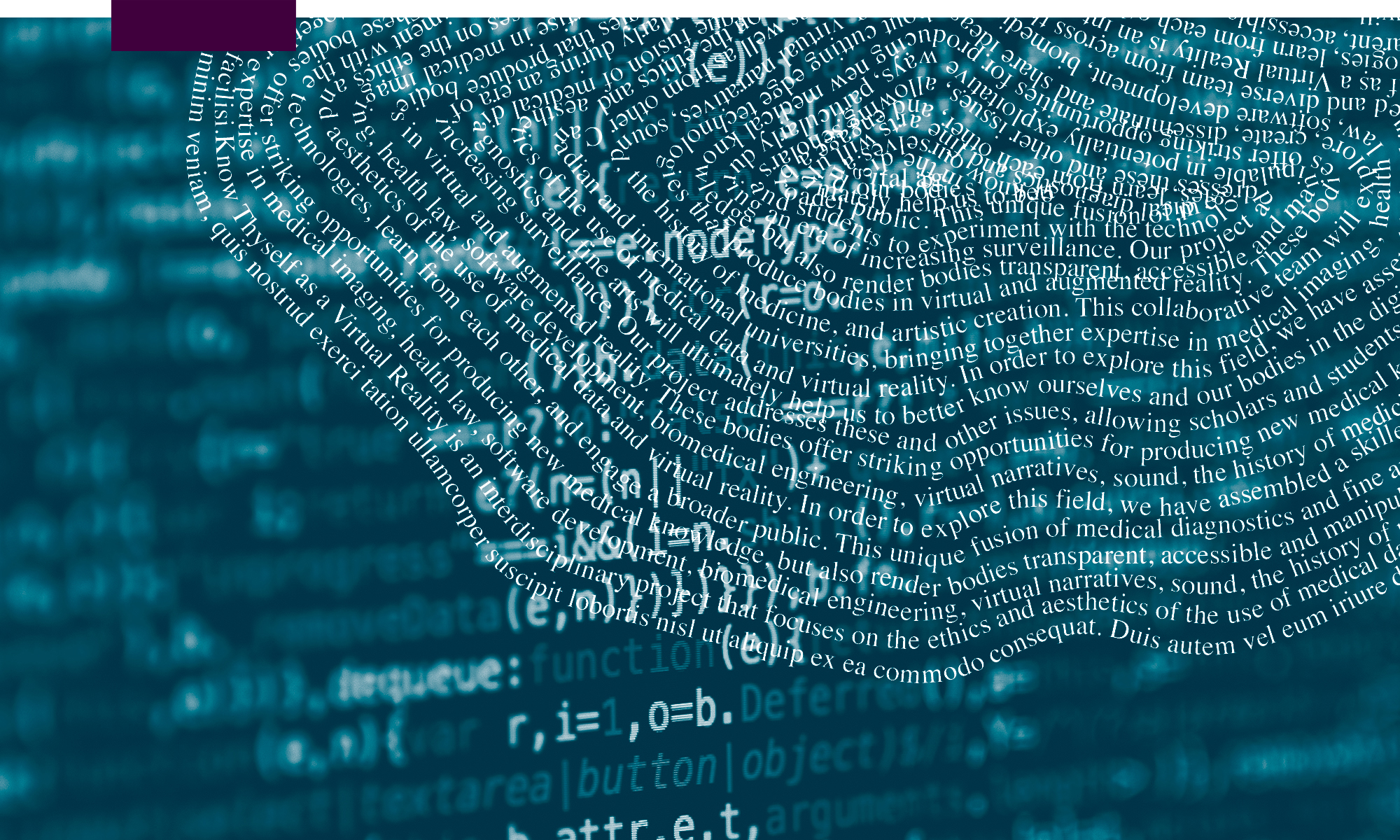Conclusion, Limitations, and Future Work
Writing these guidelines has proven to be a truly expansive endeavour. At the outset, we expected our guidelines to be no more than ten pages, but with so much to explain, and with so many different and crucial perspectives from artists and creative thinkers to consider and include, we allowed the guidelines to grow into a much larger document. Even now at over 30000 words, we are conscious that much has been omitted and that, due to the nature of the technology we describe and the pace at which legislation is changing, before long our guidance will have to be revised, updated, and expanded. One aspect of any future guidelines we are confident that will not change, however, is the vital role artists and creative researchers play in exploring the grey areas of what can, can’t, should, could be done with and to data. Furthermore, artists and creative thinkers help us contextualize and understand why and how our data bodies matter and speculate how we can improve and care for them better. One confirmed future addition to the guidelines in 2023 will therefore be a series of interviews with artists that we have the pleasure of inviting to be part KTVR project.
The work done thus far as part of these guidelines and the broader KTVR project highlights the need to diversify the virtual data body, now largely represented as heteronormative, able-bodied, white, and cisgendered. We have therefore recently invited five artists to work with the tools we have created to make VR artworks with personal data as a way to bring more diverse voices to the project. The invited artists are Jackson 2bears, a Kanien’kehaka (Mohawk) specialist in multimedia installation and performance art, who practice explores the aesthetics of contemporary Indigenous identity—its various manifestations, simulations, hybridizations, and (dis)appearances; Dana Dal Bo, a settler scholar renowned for exploring how bodies are increasingly fragmented—scattered through cellular, celestial, and digital landscapes; Chelsey Campbell, a disabled white settler artist who works through the lens of critical disability theory and care ethics; Nicholas Hertz, a settler scholar whose work explores the liminal space between shame and desire and objectification of the queer body; aAron Munson, a settler filmmaker, cinematographer, and multimedia artist whose work relates to mental illness, memory, and the nature of consciousness.
We will be working with these guest artists to help them acquire scan data or source existing datasets in order to enable them to create virtual reality artworks for an exhibition at FAB Gallery, Edmonton, in fall 2023. As they create their works, we will discuss issues such as data ownership, anonymization, consent, and the implications of working with machine learning to build a series of generous reflections on what it is to handle, manipulate, and render spectacular our diverse data bodies from a broad range of differently situated perspectives.
We hope that these interviews, in addition to these guidelines and the reflexive questions within them, will become a helpful (and stimulating!) resource for future artists and creative researchers as they embark on projects that involve personal data. Although there are important issues and technical challenges to consider, our data bodies are rich resources for us to see, think, and feel with as we move to envisioning and creating a more equitable, sustainable, and healthier future in the digital age.

